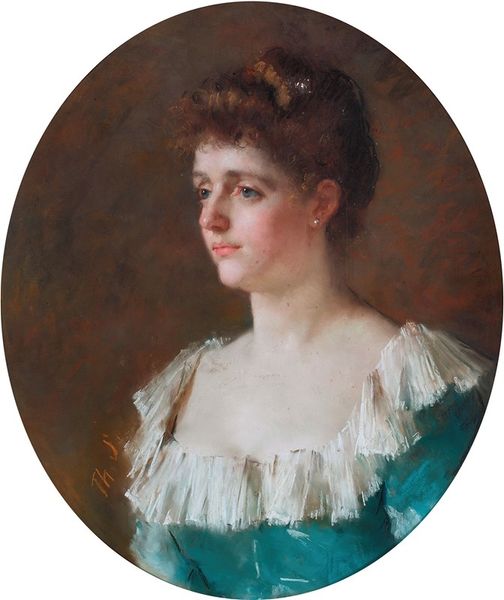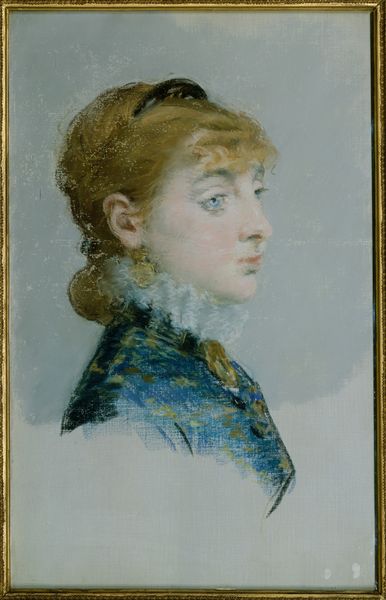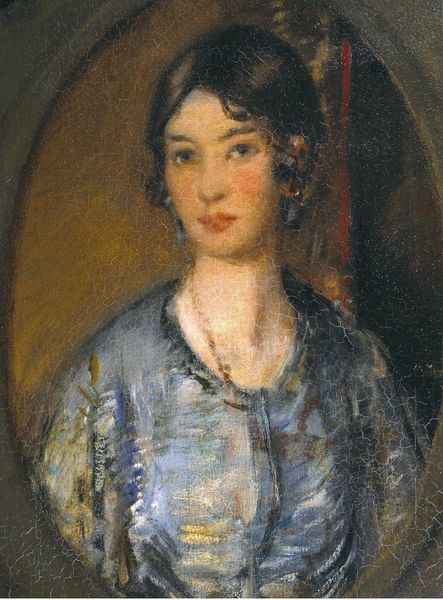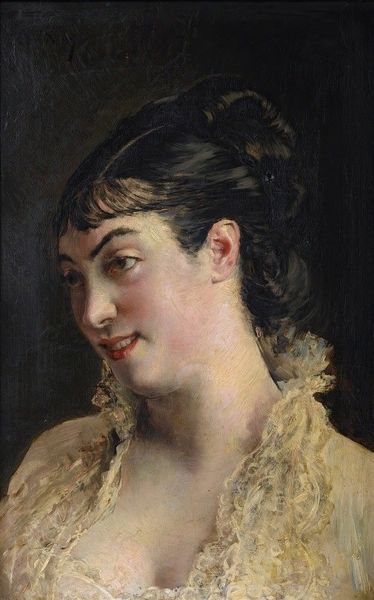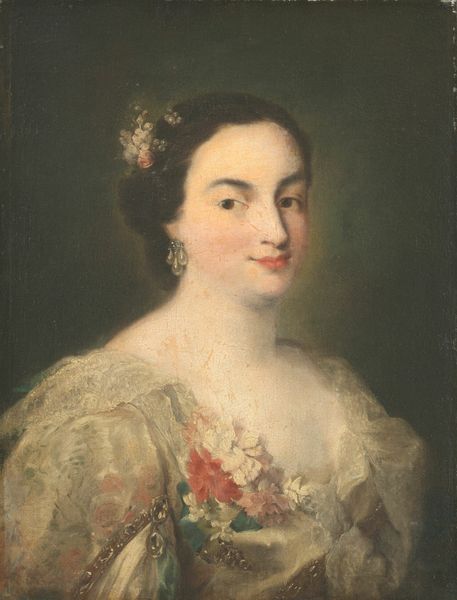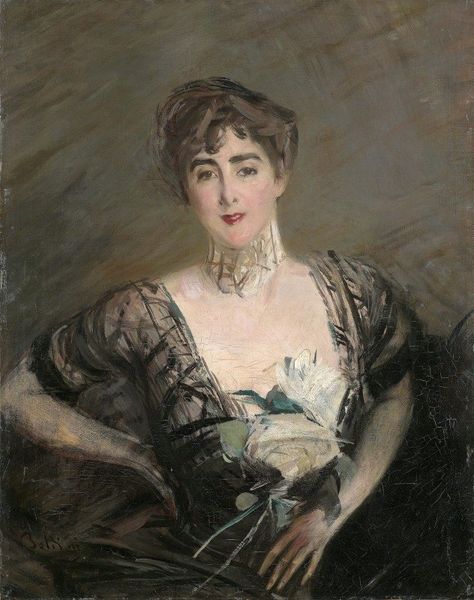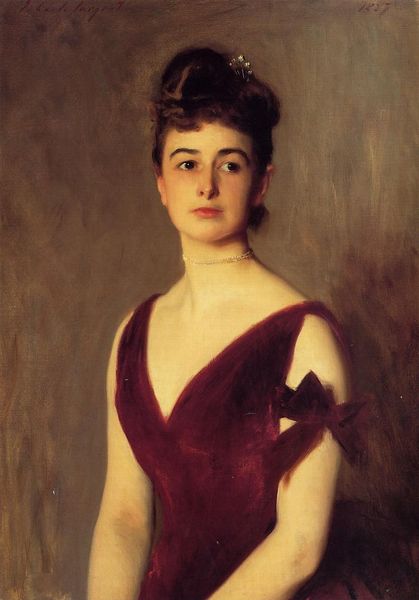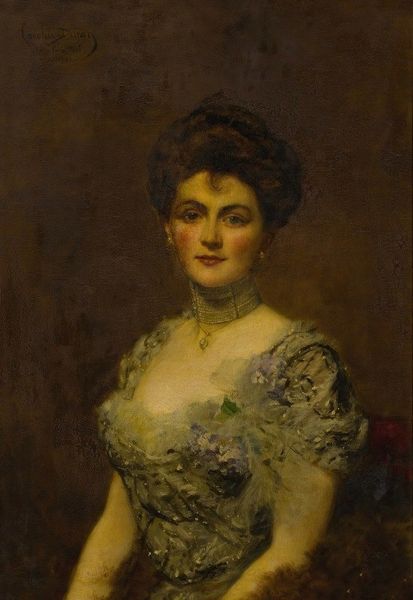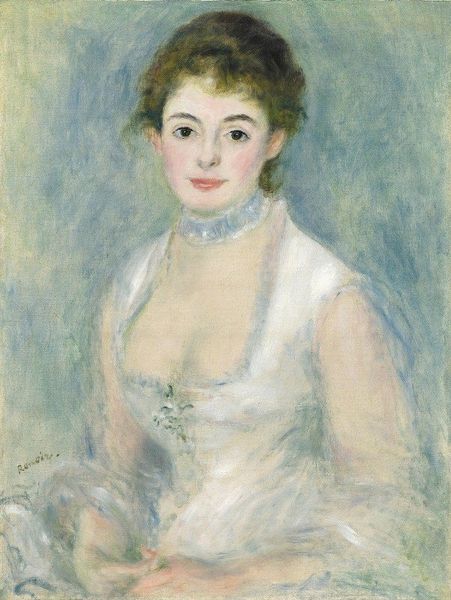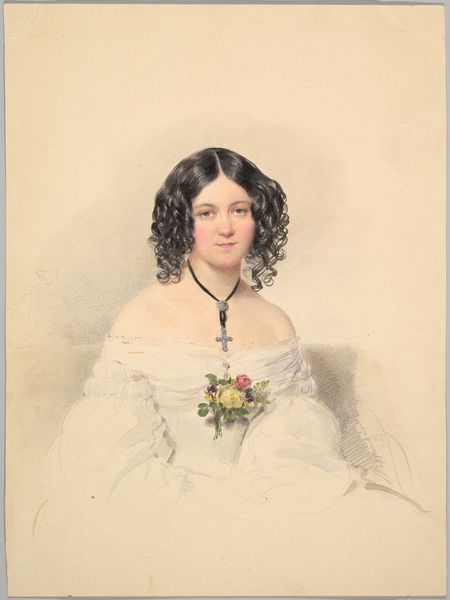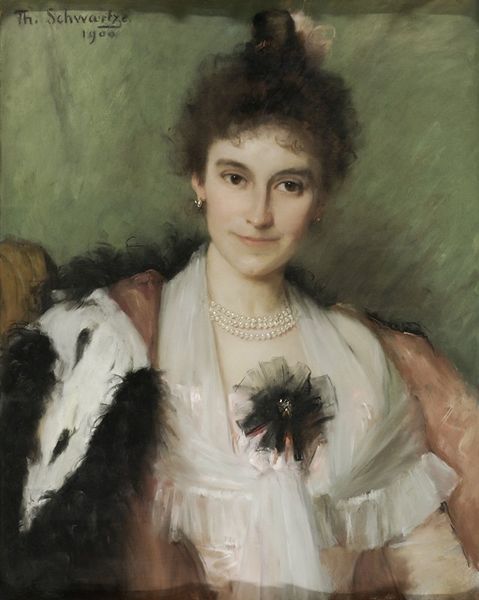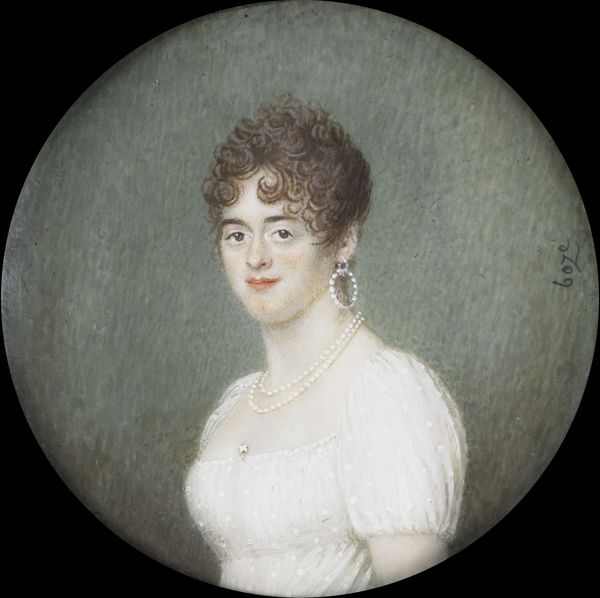
Mademoiselle Isabelle Lemonnier (1857–1926) 1879 - 1882
0:00
0:00
Dimensions: 22 x 18 1/4 in. (55.9 x 46.4 cm)
Copyright: Public Domain
Editor: So, this is Édouard Manet’s “Mademoiselle Isabelle Lemonnier,” a pastel drawing from around 1879 to 1882, residing here at the Met. It's striking how soft the pastel is, creating a really gentle mood. How do you read this portrait in its historical context? Curator: That softness is key, isn't it? Think about the role of the artist in late 19th century Paris. Manet is consciously breaking from academic tradition, not just in technique with the visible pastel strokes, but also in subject matter. She is an individual, a modern woman. But who was she? Why depict this Mademoiselle Lemonnier? Editor: Perhaps she was part of Manet's social circle? Or was Manet seeking a change in how women were portrayed? Curator: Precisely! Manet’s departure from the rigid Salon system is telling. Who had the power to be seen? Did this depiction broaden social representation, or maintain it? Also, consider pastel's rise to popularity; what did that imply? Editor: The use of pastel seems almost subversive, challenging the established hierarchies of painting… It's less formal, maybe more accessible? Curator: Yes! How do galleries and museums continue, even today, to either break or uphold traditions by promoting some forms over others? Why are we even talking about *this* work? Editor: That makes me consider how much galleries shape which pieces we are able to access and admire! Curator: Exactly! Reflecting on the way institutions mold perception of even a portrait, as we see it displayed today. Editor: It is fascinating how thinking of the social impact provides additional meanings to Mademoiselle’s seemingly tranquil pose. Thanks for helping to uncover its complexity!
Comments
No comments
Be the first to comment and join the conversation on the ultimate creative platform.


